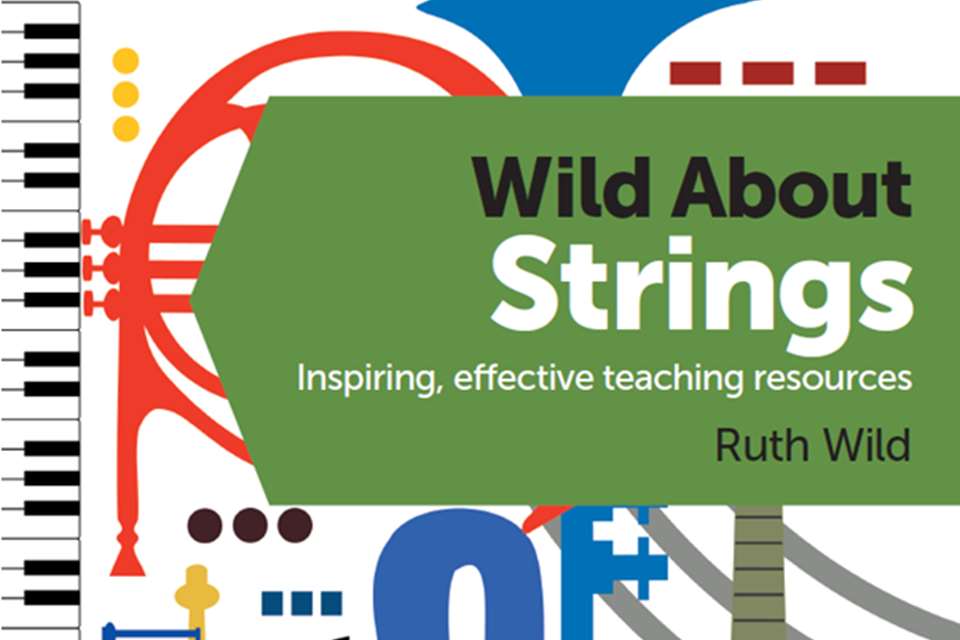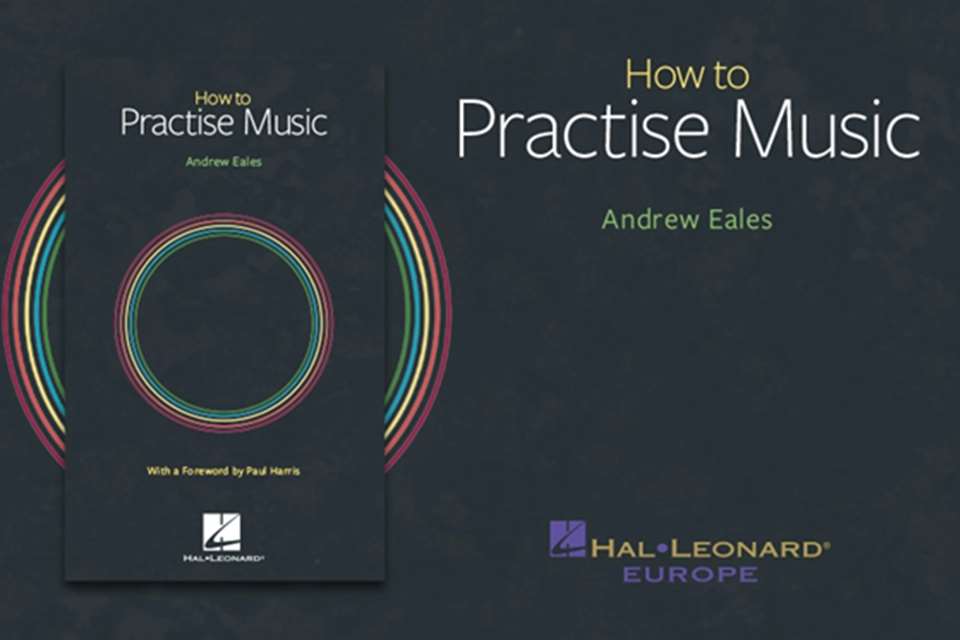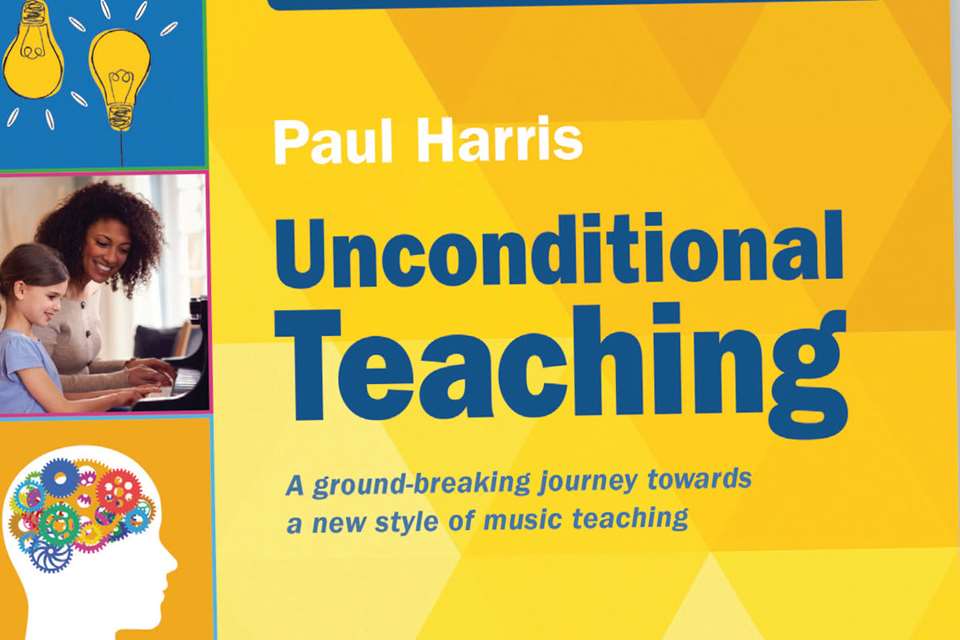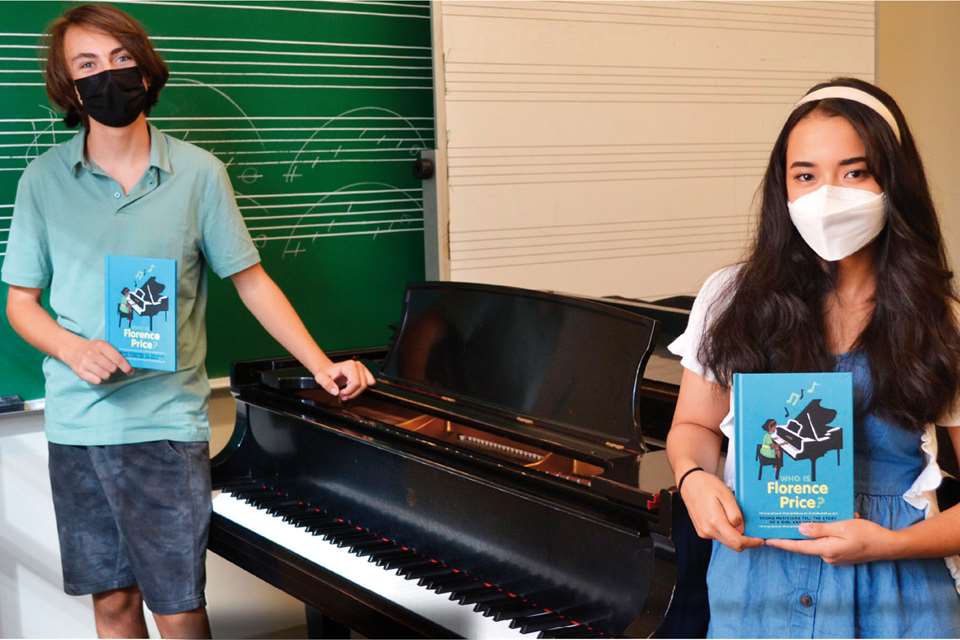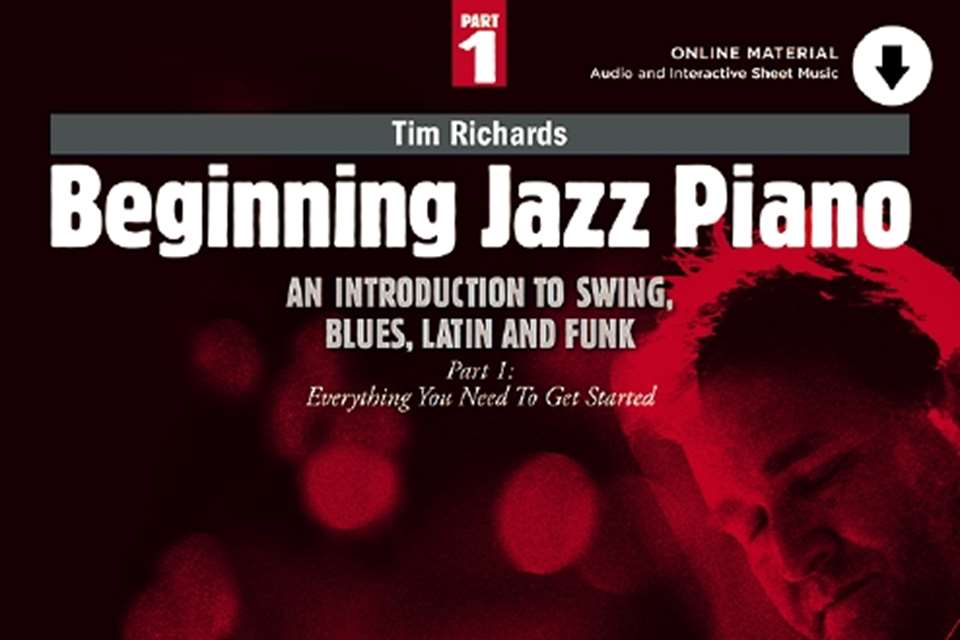Book Reviews: Creative Composition for the Classroom
Chris Fish
Sunday, May 1, 2022
Chris Fish takes a look at Creative Composition for the Classroom by James MacMillan and Jennifer Martin, published by Trinity College London Press.
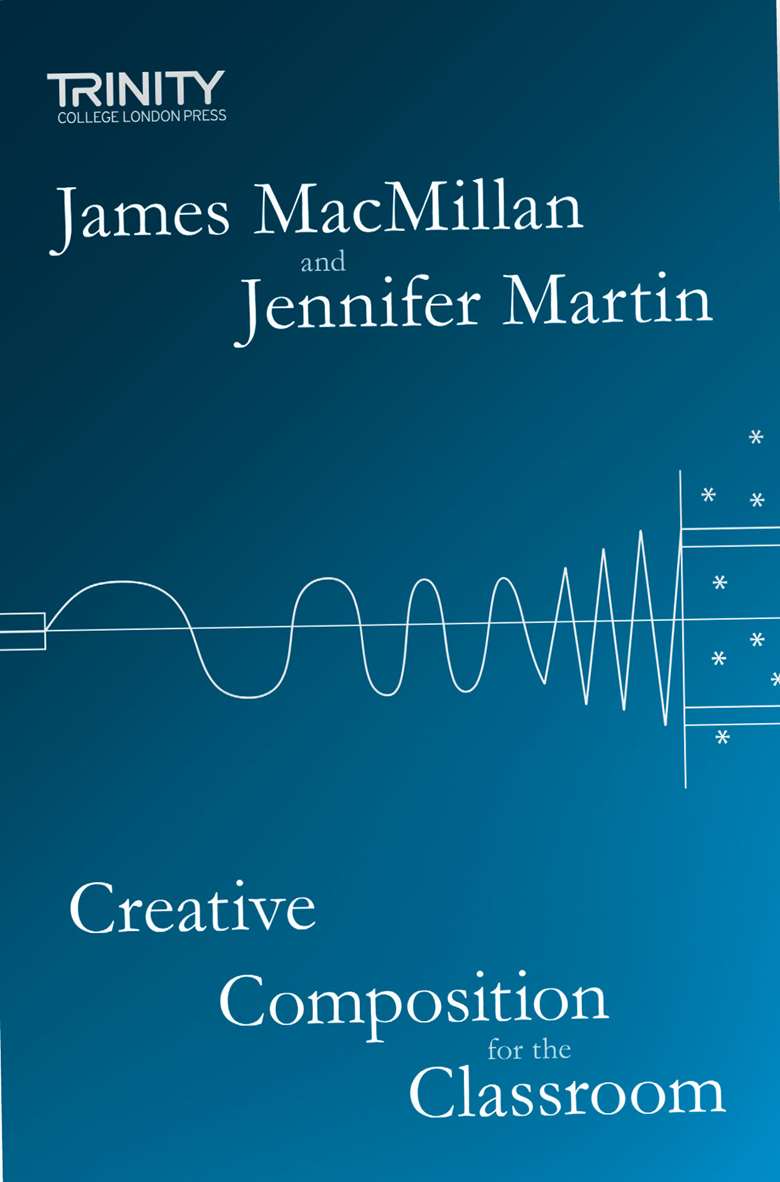
Reading MacMillan and Martin's words of wisdom in Creative Composition for the Classroom was both a pleasure and very reassuring. From thinking about what you want the music to sound like before you begin, to the pitfalls of composing on a screen and so much more, the duo approaches the teaching of composition (using the word advisedly). In warm and helpful tones, the authors encourage us as teachers to work through the composing tasks we set our students, at one point saying: ‘You will be surprised at what you learn through composing, and have no doubt that it will feed directly into how you teach composition.’
At only 63 pages, this concise book is full of ideas for you to include in your lessons, with improvisation games, listening examples from which to draw inspiration, and resources for effectively planning a composition – something that students so often neglect. These approaches aim to demystify the act of composition, looking at learning to be a ‘musical detective’ and developing the ‘grammar’ and ‘punctuation’ of composition.
As a student, I was lucky enough to attend a composition workshop with MacMillan (the fact that I still remember it after nearly 20 years speaks volumes!) and the clarity with which he spoke then shines through in this guide. However, there are moments in which the writers veer into a slightly idealistic version of what composing in the classroom looks like – for example, assuming that students will be able to realise their imagined sounds without the use of technology. This is an ability which, while a great aspiration, is in my experience the preserve of the very few most able students.
Fundamentally, this is a book about the thought processes that could – and perhaps should – go into composition. It gives ideas rather than a formal worked-through scheme of work, and as such might be more suited to a teacher who is considering running a composition club rather than one looking for a quick fix in their pursuit of better exam results for their GCSE and A Level students. That said, as a teacher who has thought long and hard about how to teach composition, this book has made me consider the process even more deeply and I will certainly be incorporating some of the tasks into my classes throughout the school, from Year 7 to A Level.



